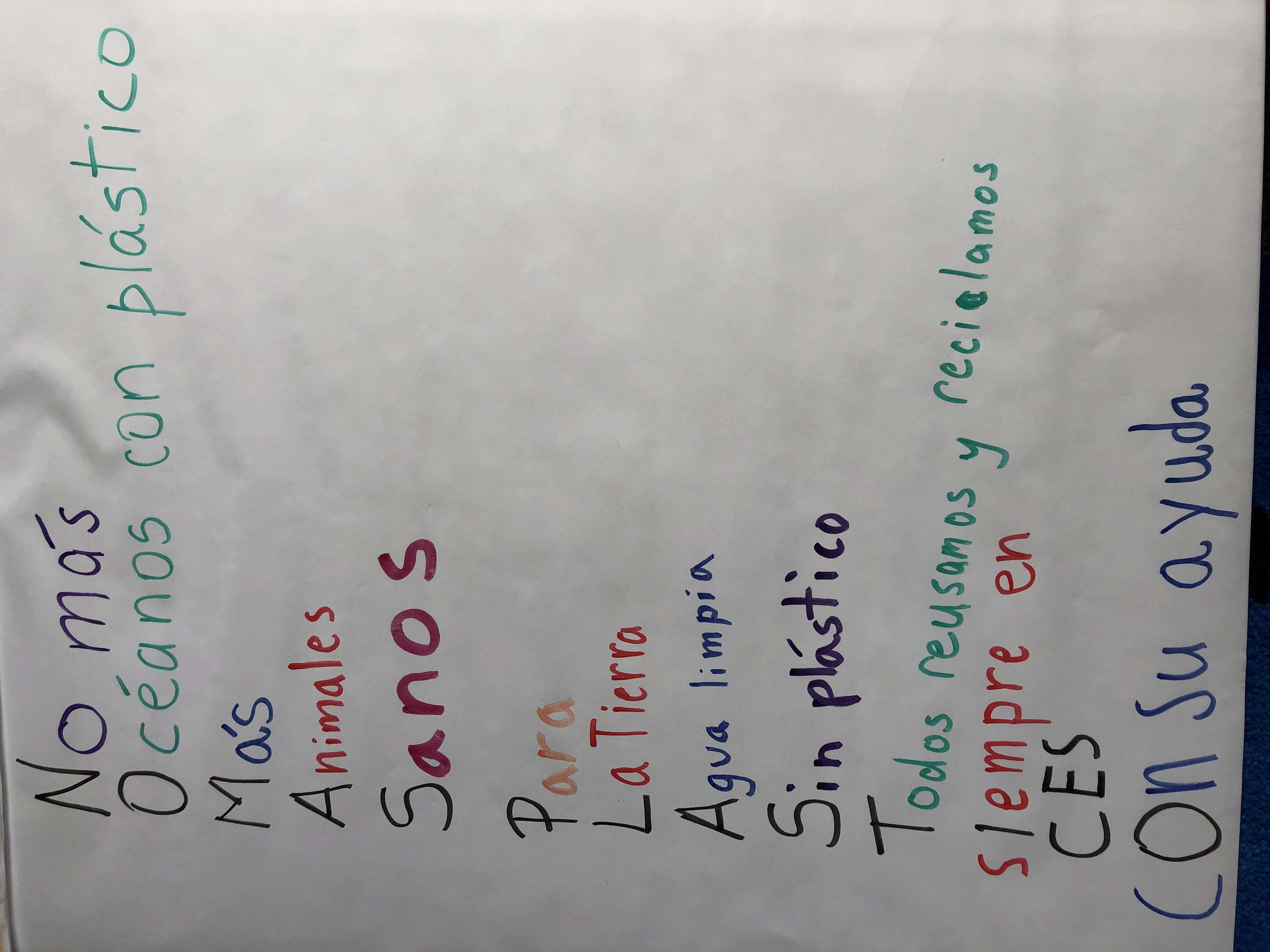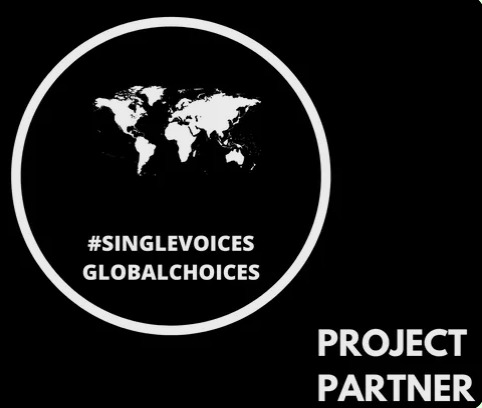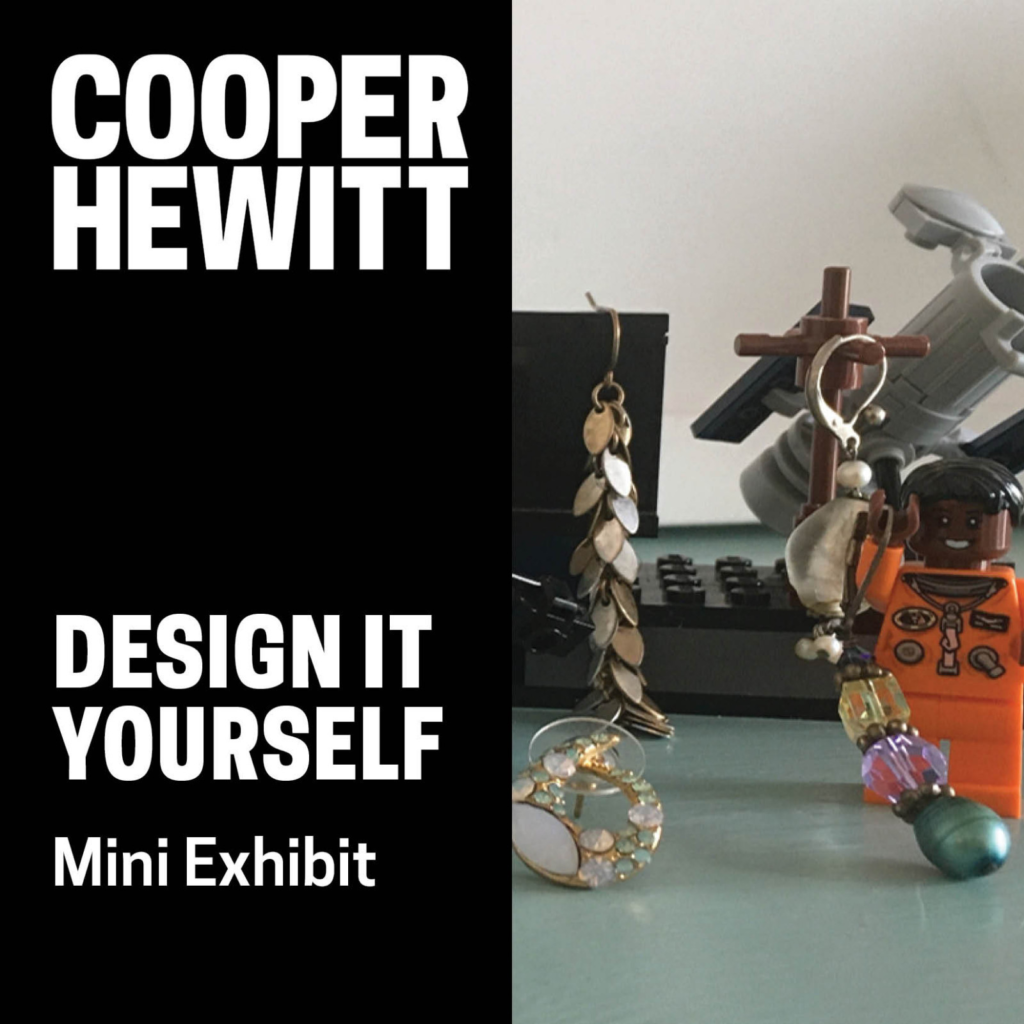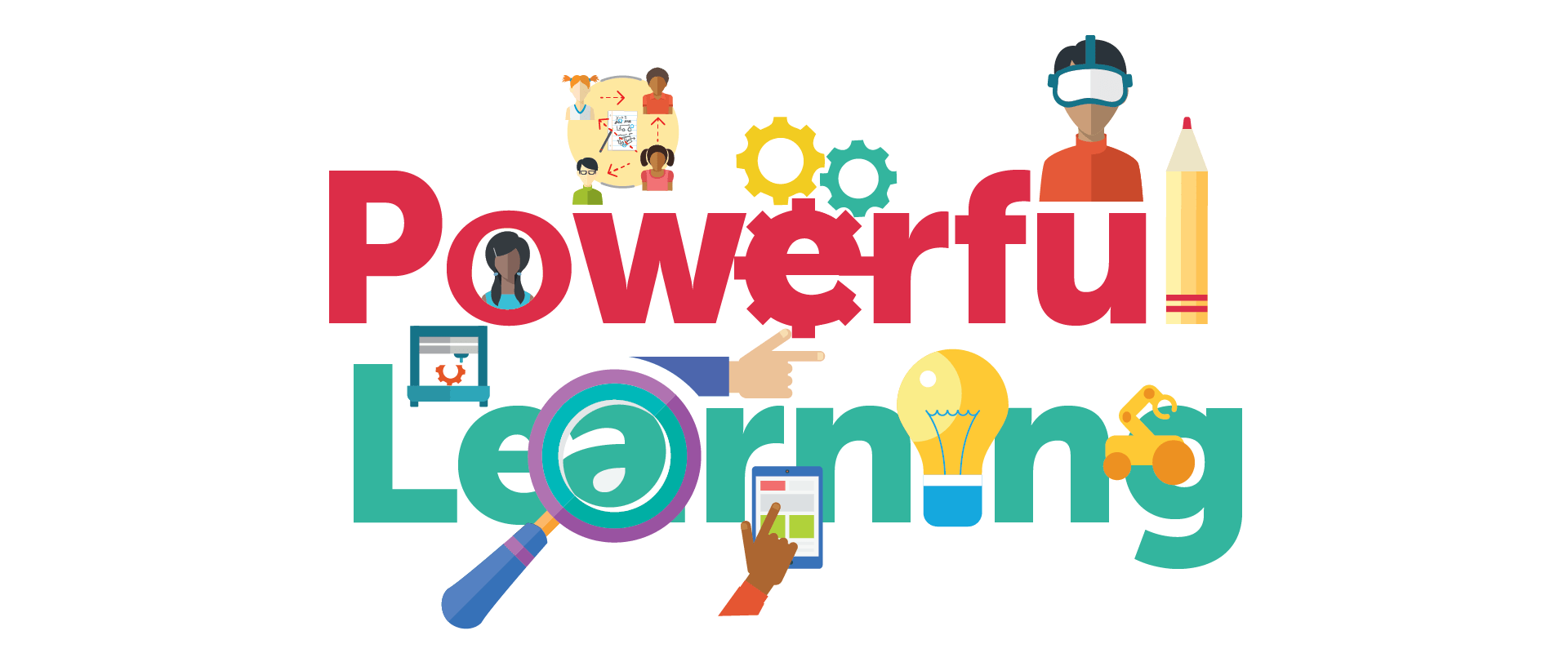by Vicky Masson
‘What’s in a framework?’ is a column of Language Teaching Lab. A framework informs our teaching and it shows a unique philosophy. It gives us a shared language and purpose, and it lets us see teaching and learning from diverse perspectives
What is Powerful Learning?
Powerful Learning empowers all students to work towards a better world providing voice, agency, and time to reflect on their learning journey, all while using technology with a purpose.
As an #HP Teaching Fellow, I am part of the #ReinventTheClassroom program, which is a collaboration with HP, Microsoft, Intel, and Digital PromiseI, and I am a teacher ambassador and an advocate for Powerful Learning.
Essential Questions in Language Classes and Powerful Learning
Essential questions are key in all disciplines and help maintain the focus of what we do. Language essential questions might read:
-How might learning a language expand my worldview to understand and value perspectives, to connect and collaborate in multicultural environments, and to become a global citizen?
-How might learning information, concepts, and ideas in another language challenge and invite deeper thinking, and help develop an inquisitive mind, all while reflecting and taking action?
-How can I best use the language I am learning to express myself and gain understanding in authentic contexts, in person and online?
These essential questions align with the eight principles of Powerful Learning to engage students’ hearts and minds
- Personal and Accessible
- Authentic and Challenging
- Collaborative and Connected
- Inquisitive and Reflective
Personal and Accessible
In short, Personal indicates that every student has a unique learning profile. We should rethink learning styles, standards, and averages as Jessica Jackson Practitioner Partnerships Director at the Learning Variability Project explains. She describes the factors that influence learning and how to put into practice some strategies that work for student learning in the GWATFL TIPS Learner Variability video.
It is Accessible when educators remove barriers and provide structures and supports, such as those related to the pedagogy educators use, the use of technology, and the design of a learning environment conducive to learning. Digital Promise Research-Based Design Certified Products verify products that are Accessible. I have used many of them in my language class, such as ‘Actively Learn,’ ‘BrainPop,’ ‘Newsela,’ ‘Microsoft,’ and ‘Quizlet,’ and I would like to explore more.
Authentic and Challenging
Students need an Authentic purpose for learning, relevant learning experiences, and a real audience. The following student generated questions in Innovate Inside the Box: Empowering Learners Through UDL and the Innovator’s Mindset should be at the centre of our teaching:
- Why is this important?
- How will I use it?
- How does this connect with something I already know?
Real World is a Digital Promise resource that guides you through the steps of the process of finding authenticity in your teaching. Give it a try!
The Challenging principle brings in students’ strengths, setting high expectations, all while supporting students actively by making it a productive struggle.
I used the Challenge-Based Learning (CBL) framework as well as the app ‘Need a nudge?’ with my Spanish Club, a Spanish Chapter for the AATSP Sociedad Hispánica de Amistad. In the Engage phase, students worked on our Big Idea which was Connections, our Essential Question “How do we invite people from our community to speak Spanish with us?” and the Challenge, which was to design learning experiences to connect with Spanish-speakers in our community. Students went on to the Investigate phase and then the Act phase, all along reflecting and documenting their findings. Awesome learning happened!
Collaborative and Connected
It is Collaborative when students work together to solve problems, learn from and teach each other, collaborate and communicate to create.

This is one of my favorite Collaborative projects ever! The No.More.Plastic project involved more than 416 schools globally across 68 countries, covering six continents. During 3 weeks students focused on the problem, solutions, and how to take action. Students learned about the UN Sustainable Development Goals first. My students created a chant to raise awareness about the use of plastic. They presented their chant at the school cafeteria as they felt it was the place they needed to start reducing the use of plastic the most. It was a moving experience!
It is Connected when students use technology purposefully, connect with their community and across the globe, and educators become co-creators in the process.

My students participated in a global and collaborative project, #SingleVoicesGlobalChoices, opened to Middle School and High School students. We are located near Washington, DC and the other class was located in Barcelona, Spain. Both classes worked on creating Blackout Poems to celebrate National Poetry Day. We used a variety of EdTech tools such as Newsela, OneNote, Flipgrid and Padlet. My students loved the project!
Inquisitive and Reflective
In the Inquisitive principle, inquiry is a vehicle for understanding and it can be empowering. Learners ask questions, seek answers, and seek new questions. Being inquisitive helps making connections.

In the Design it Yourself! Mini-Exhibit by the Cooper Hewitt museum students had to design their mini-exhibit using items found at home.
Students reflected on their work by answering questions such as,
–Has this project transformed the way you see the world?
–What did you learn about yourself?
In the Reflective principle, reflection supports deeper learning in context, it helps with the synthesis of new ideas and to better understand yourself and the world.
When assessing Interpersonal Speaking, I generally use T. A. L. K. (from The Keys to Planning for Learning) an acronym where the T stands for Talk/Time, the A for accuracy in content and form, the L stands for Listening, and the K for Kindness. To me this last is the one that helps students reflect the most when they ask themselves ‘How can I help someone else achieve?’ They are putting on somebody’s shoes and being empathetic.
Challenges of Implementing Powerful Learning
Implementing Powerful Learning may be challenging. Consider these tips when you start this journey:
- Put one principle into practice and grow from there
- Align to the work you are already doing
- Consider your “why”
- Keep students at the centre of all decision making processes
Quoting Digital Promise, “Powerful Learning … provide[s] opportunities for students to deeply engage in their learning while using technology in ways that contribute to closing the Digital Learning Gap.”
Are you using Powerful Learning in your language classes?
Resources
- Digital Promise
- Digital Promise Powerful Learning
- GWATFL Learner Variability Video
- Digital Promise Real World
- Research-Based Certified Products
- Challenge-Based Learning
- Single Voices Global Choices
- Best Practices of Online Learning in COVID-19
- Design it Yourself! Smithsonian
- No. More. Plastic
- UN Sustainable Development Goals
- T. A. L. K.
- #HPTeachingFellow
- The Keys to Planning and Learning (As an Amazon Affiliate LTL earns from qualifying purchases)

